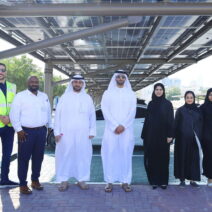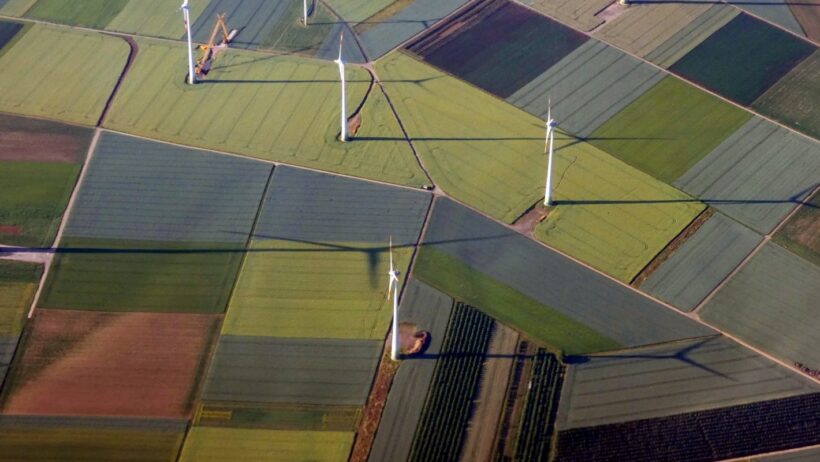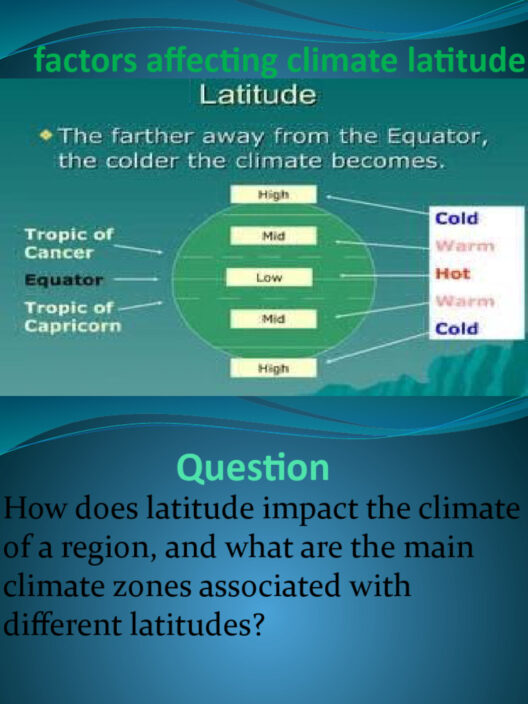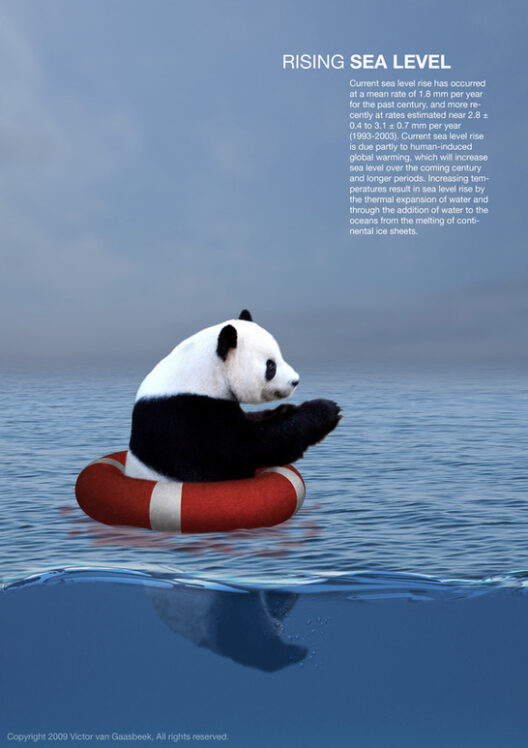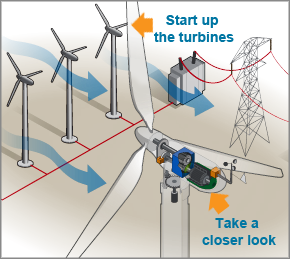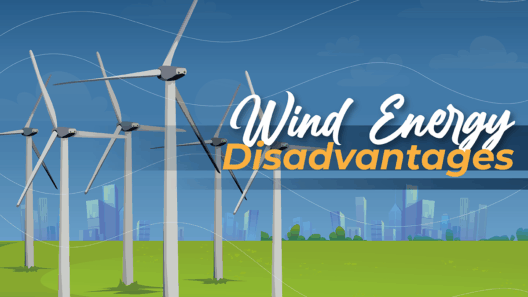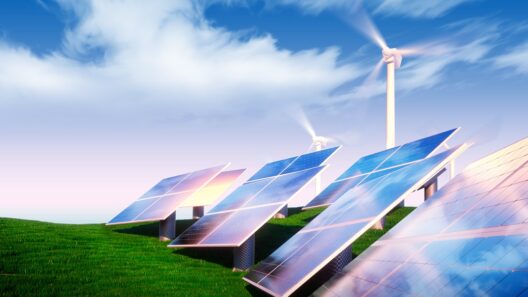Wind energy has gained significant traction over the past few decades, positioning itself as one of the most promising forms of renewable energy. But what makes wind power so beneficial? One might wonder, “Can capturing the wind truly transform the economy and ameliorate the environment?” Indeed, harnessing wind energy is more than a mere technological feat; it is an intricate dance between sustainable development and economic vitality that brings various advantages to both our planet and society. Let us delve into the multifaceted benefits of wind energy, exploring how this resource can be both an economic boon and an environmental safeguard.
Understanding Wind Energy: Basics Unveiled
Before diving into its benefits, it is critical to comprehend the basic mechanics of wind energy. Wind turbines convert kinetic energy from the wind into mechanical power, which is subsequently transformed into electricity. This process is clean and efficient, as it relies on a natural resource that is inexhaustible and omnipresent. By converting the wind’s power, we can illuminate homes, energize industries, and power cities, all while having a minimal ecological footprint.
Environmental Benefits: A Breath of Fresh Air
Turning our gaze towards the environmental implications, one cannot overlook the myriad ways in which wind energy contributes to ecological health. In contrast to fossil fuels, wind energy generates electricity without the harmful emissions associated with coal, oil, or natural gas. This leads to a significant reduction in greenhouse gas emissions, which are the primary drivers of climate change.
Moreover, utilizing wind power diminishes the dependence on non-renewable energy sources that cause severe air and water pollution. By transitioning to wind energy, we ensure cleaner air for future generations, while concurrently protecting ecosystems that are adversely affected by traditional energy production. As the climate crisis intensifies, transitioning to renewable energy sources like wind is not merely advantageous—it is imperative.
Wind Energy and Wildlife: A Balancing Act
Admittedly, transitioning to wind energy is not devoid of challenges, particularly concerning wildlife. Wind turbines, while relatively safe, can pose threats to birds and bats. However, innovative technologies and strategic site selection can mitigate these risks. For instance, advancements in turbine design and placement allow for decreased avian fatalities, thereby fostering a more harmonious relationship between renewable energy development and wildlife conservation.
Energizing the Economy: Dollars and Sense
On the economic front, the benefits of wind energy are substantial. The burgeoning wind energy sector creates numerous jobs, spanning from manufacturing to maintenance. The installation and operation of wind farms have fostered significant employment opportunities in construction and engineering, enhancing local economies, particularly in rural areas where many wind farms are situated.
Investment in wind energy infrastructure not only creates jobs but also stimulates innovation within the broader energy sector. As the industry evolves, it spurs advancements in related technologies, which can be economically advantageous beyond the immediate sector. The wind energy market attracts substantial investment, contributing to economic growth and promoting energy independence.
Community Benefits: Empowering Locals
In addition to job creation, wind energy projects empower local communities by generating revenue. Local governments can benefit from tax revenues and lease payments from wind turbines placed on private land, providing funding for essential public services such as education, healthcare, and infrastructure. Wind projects can augment community development, enabling towns to invest in amenities and services that enhance residents’ quality of life.
The Sustainable Future: A Convergence of Innovation
As the global energy landscape shifts toward sustainability, wind energy represents a critical pillar in this transition. The development of offshore wind energy—tapping into the vast potential of ocean winds—is a frontier ripe with promise. This nascent industry not only has the potential to harness stronger winds but also creates a significant source of renewable energy that can further alleviate the pressures on our planet’s resources.
Yet, with innovation comes responsibility. Ensuring that wind farms are developed responsibly and sustainably requires rigorous planning and community involvement. Will the industry rise to the challenge of balancing economic growth with ecological stewardship?
Challenges Ahead: Navigating the Hurdles
While the benefits of wind energy are compelling, several challenges remain. The intermittency of wind—its variable nature—poses a significant issue for energy reliability. Solutions such as energy storage technologies and diversified energy portfolios are crucial in addressing these concerns. Additionally, the initial costs of installing wind turbines can be daunting, although long-term savings generally outweigh upfront investments.
Lastly, developing a robust public policy framework that incentivizes renewable energy growth is essential. Legislative measures that support clean energy development can lead to a more sustainable energy future while navigating potential opposition based on local concerns or economic interests of fossil fuel industries.
Conclusion: Embracing the Winds of Change
In conclusion, the benefits of wind energy are both abundant and impactful. From its capacity to curb emissions and protect our planet to its potential for bolstering local economies and community development, wind power embodies the intersection of ecological mindfulness and economic prosperity. As global citizens, we must embrace the winds of change, ensuring that our transition to renewable energy sources is not just a fleeting trend, but a sustainable path forward. With innovation, collaboration, and a commitment to responsible energy practices, the future of wind energy holds the promise to transform our relationship with both the environment and the economy.
